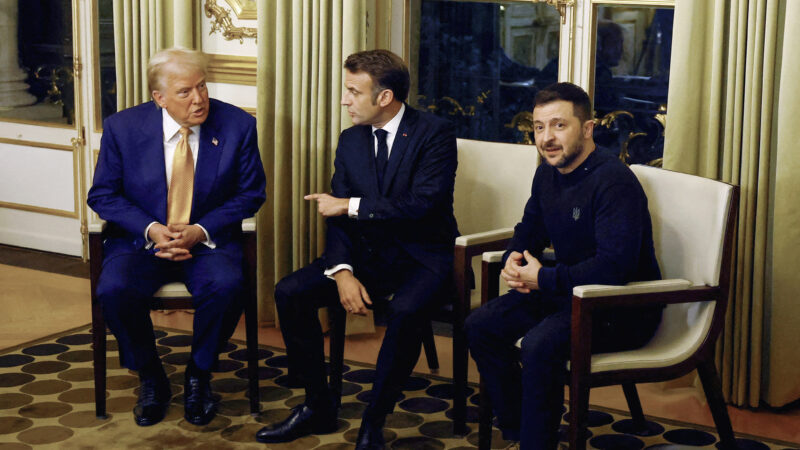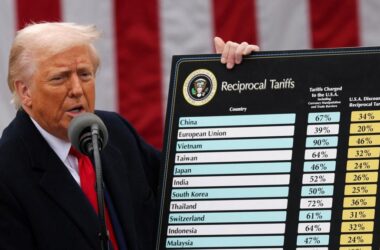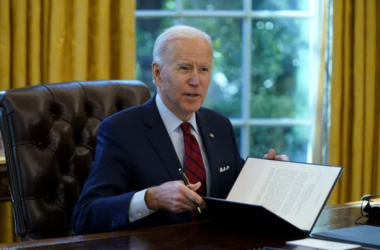May 2025 has been marked by a sharp rise in geopolitical, domestic, and economic tensions in the United States, as reflected in an analysis of leading American media publications.
Ceasefire and the “resource deal”: Ukraine back in the spotlight
U.S. media are actively discussing a proposed Ukraine ceasefire, initiated by the U.S. and Kyiv, set to begin on May 12. Against this backdrop, Russia’s proposal to resume negotiations in Istanbul on May 15 has also received wide coverage. According to The Washington Post, the Trump administration is promoting peace talks as a way to “recoup investments” made in supporting Kyiv, referring to a May 1 agreement granting U.S. access to Ukrainian natural resources.
The Financial Times and The Wall Street Journal have called the deal a “disgrace” for Kyiv, while Politico notes that it is accompanied by renewed commercial arms sales to Ukraine, viewed as a pragmatic move by Trump.
Political division: U.S. on the brink of a third party
The U.S. domestic political landscape continues to fracture. Liberal and conservative outlets diverge sharply in their assessments of Trump’s actions—ranging from criticism for his “concessions” to Russia to support for his battle against the so-called “deep state.” Eurasia Daily and Politico report growing dissatisfaction among both Democrats and Republicans, with increasing calls for the formation of a third political force.
Among Trump’s most controversial actions are his proposal to reopen Alcatraz prison and a $20 billion lawsuit against CBS News over an interview with Kamala Harris. These moves have further strained relations between the White House and the media.
Economy: tariffs, default risks, and evasion schemes
The economic narrative is dominated by new trade tariffs. According to CNBC and WSJ, Trump’s measures have already led to price hikes and empty store shelves. The Financial Times warns of a potential U.S. default in August if the debt ceiling is not raised. Meanwhile, Chinese exporters are reportedly using the DDP (Delivered Duty Paid) scheme to understate product values and circumvent U.S. tariffs.
Media under pressure: censorship and financial struggles
Numerous outlets report increasing pressure on the press. Legal battles, Trump’s conflict with CBS, and Elon Musk’s public dispute with WSJ have intensified debates over the limits of free speech. At the same time, The New York Times highlights newsroom budget cuts and a decline in content quality amid the growing dominance of digital media.




